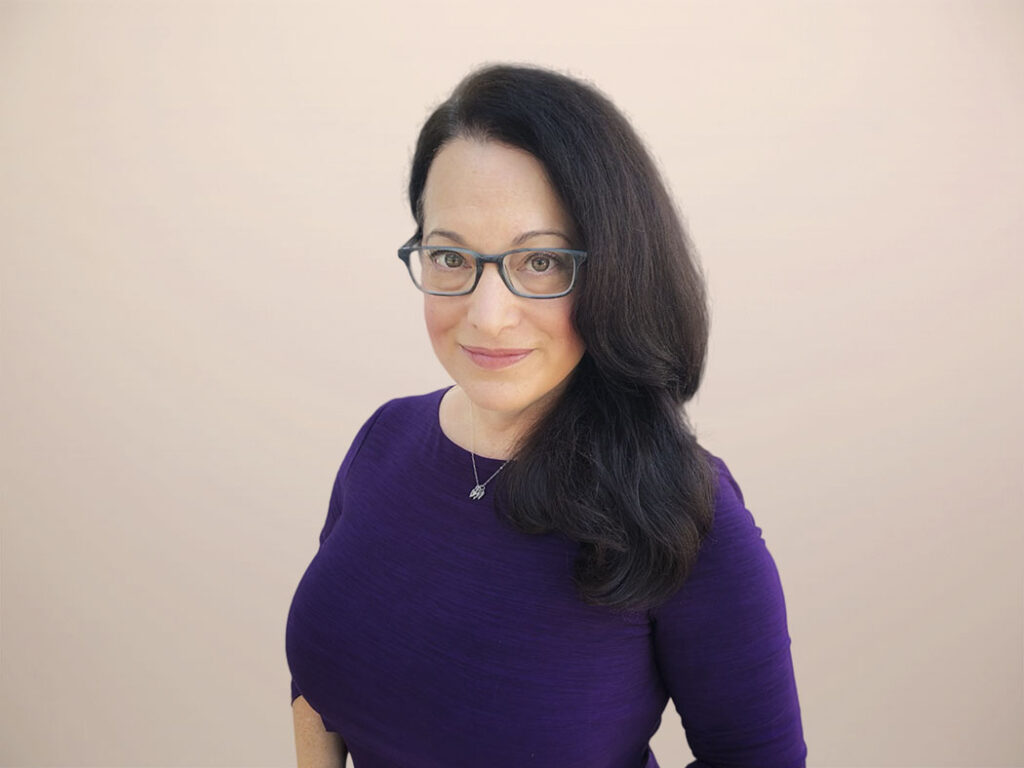Why Can’t We Be Friends? A Framework for Customer Advocate Marketing
- Turning engaged customers into a powerful army of advocates requires a different strategy, skill set and type of technology support than standard reference programs
- Even enthusiastic practitioners struggle with building a business case and prioritizing the program components for customer advocacy
- A framework for advocate development and activation should consider the objectives of the company and potential advocates
Few B2B marketers still need to be convinced of the importance of peer opinion in the buying decision process – and the value of having successful customers share their stories. Most savvy practitioners don’t doubt the greater likelihood of renewal and increased share of wallet among engaged customers who feel heard and appreciated by an organization, and are given a chance to highlight their expertise.
Those two sides of the advocate marketing coin are well-supported by research – yet marketing and customer success practitioners frequently struggle in making the case and building the plan for customer advocacy programs.
 At SiriusDecisions Summit in May, our Customer Engagement Strategies team will release a Customer Advocacy Framework to guide organizations in creating and resourcing a customer advocate marketing program. In doing so, we intend to provide the structure, validation and quick-start guidance necessary to bring customer advocacy concepts to life.
At SiriusDecisions Summit in May, our Customer Engagement Strategies team will release a Customer Advocacy Framework to guide organizations in creating and resourcing a customer advocate marketing program. In doing so, we intend to provide the structure, validation and quick-start guidance necessary to bring customer advocacy concepts to life.
Here are some of the most common skirmishes that occur around customer advocacy development, and the guidance our new framework will provide to mitigate them:
- Aren’t references enough? Reference programs are tried and true pieces of the customer marketing puzzle, and certainly impactful in their role of accelerating specific sales opportunities by providing validation. Advocate marketing has a wider scope and a different set of objectives that speak to strategic growth through expanded reach, cross-sell and upsell, and lifetime value. Our framework clarifies that distinction. Advocacy does not replace reference programs – it’s part of the continuum of best-in-class customer engagement.
- We’re asking too much of our customers! Sales and success functions are (rightly) protective of customers’ experience and hesitant to tax customers without clear benefit. Advocate marketing programs put the relationship in a different context, one highly beneficial to the customer and company. The framework details how and why each part of the program serves this purpose, reframing the approach from a one-way ask to win-win.
- Where would we start? Your organization may be mature enough to consider an advocate marketing strategy and complementary program – or still in early stages, where pilot programs are more appropriate as the team lays the groundwork for more. Our framework includes enough agility for both, and helps guide decisionmaking on where to begin (clients can learn more in our brief “Recruiting and Retaining Customer Advocates”).
- How will we validate the impact on our goals? Connecting advocate marketing to the organization’s goals and setting up systems to measure the impact is challenging – and eminently doable. Our framework includes guidance on building a business case – including technology support – that connects advocate marketing to growth, retention and efficiency objectives (clients can learn more in our brief “Making the Case for Investing in Customer Engagement”).
The new Customer Advocacy Model leverages existing data-driven research on the customer journey, B2B buying decisions and the ideal customer experience to provide actionable guidance for practitioners ready to build out and execute on advocate marketing. Join us at SiriusDecisions Summit in Las Vegas from May 8-10.
